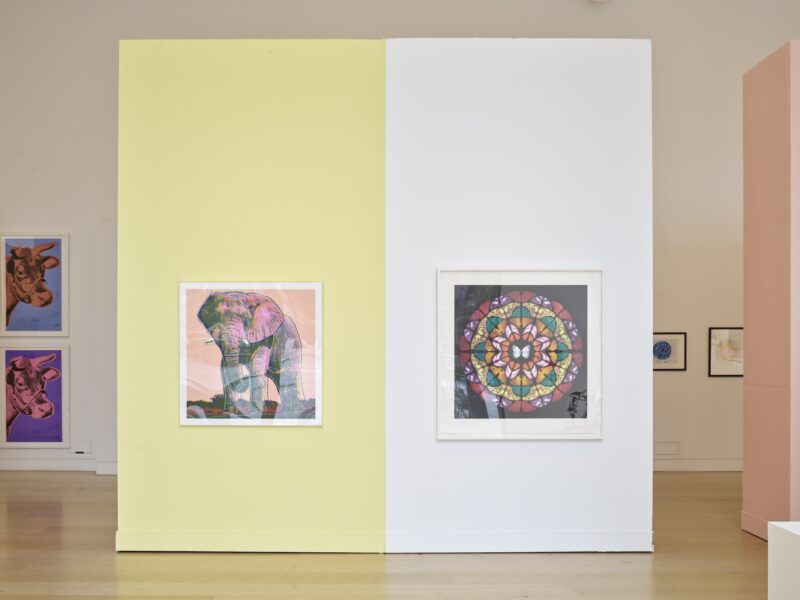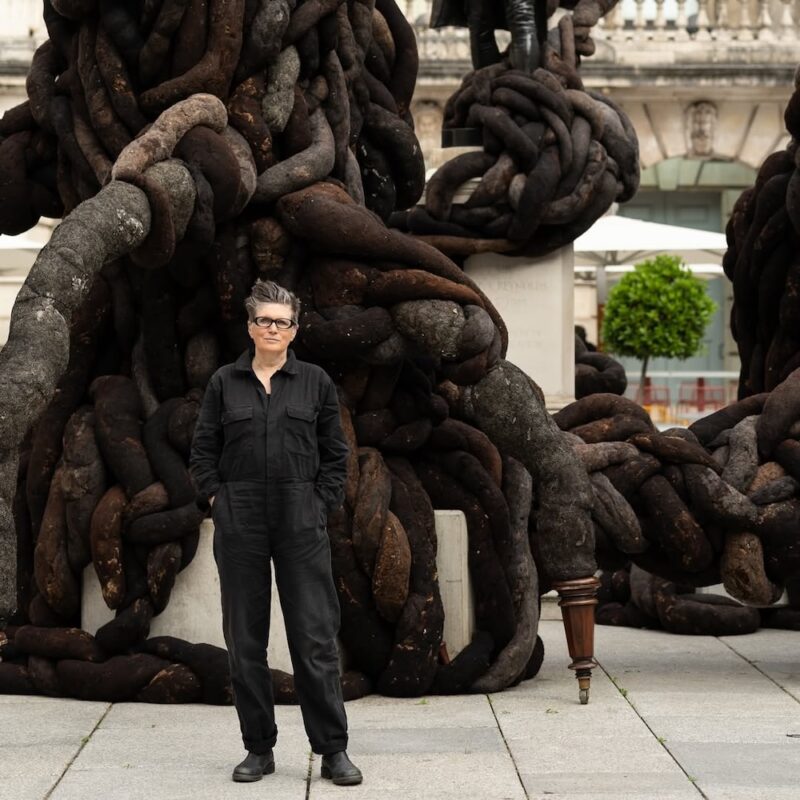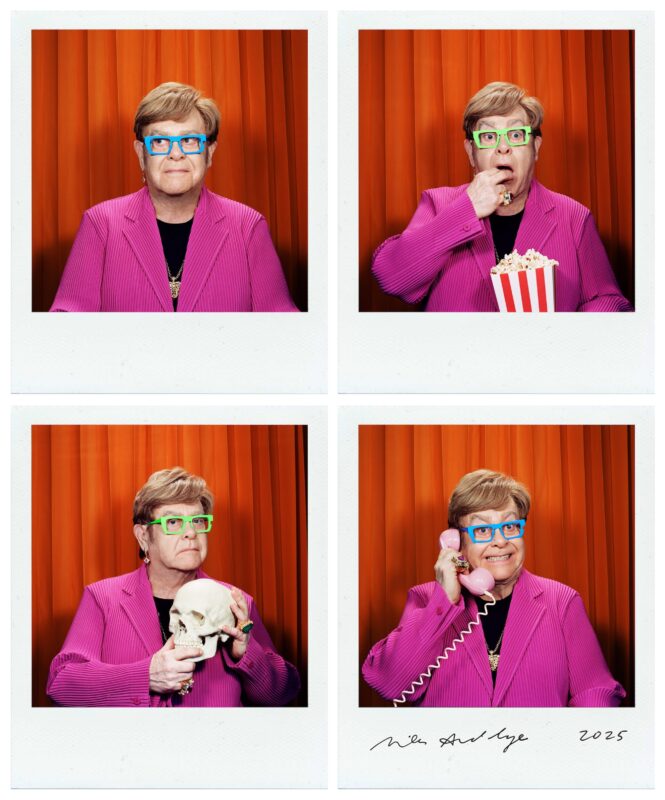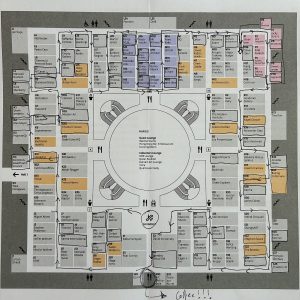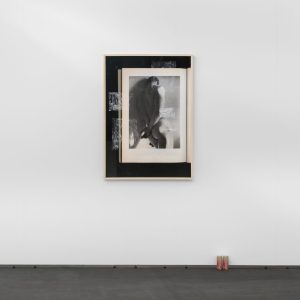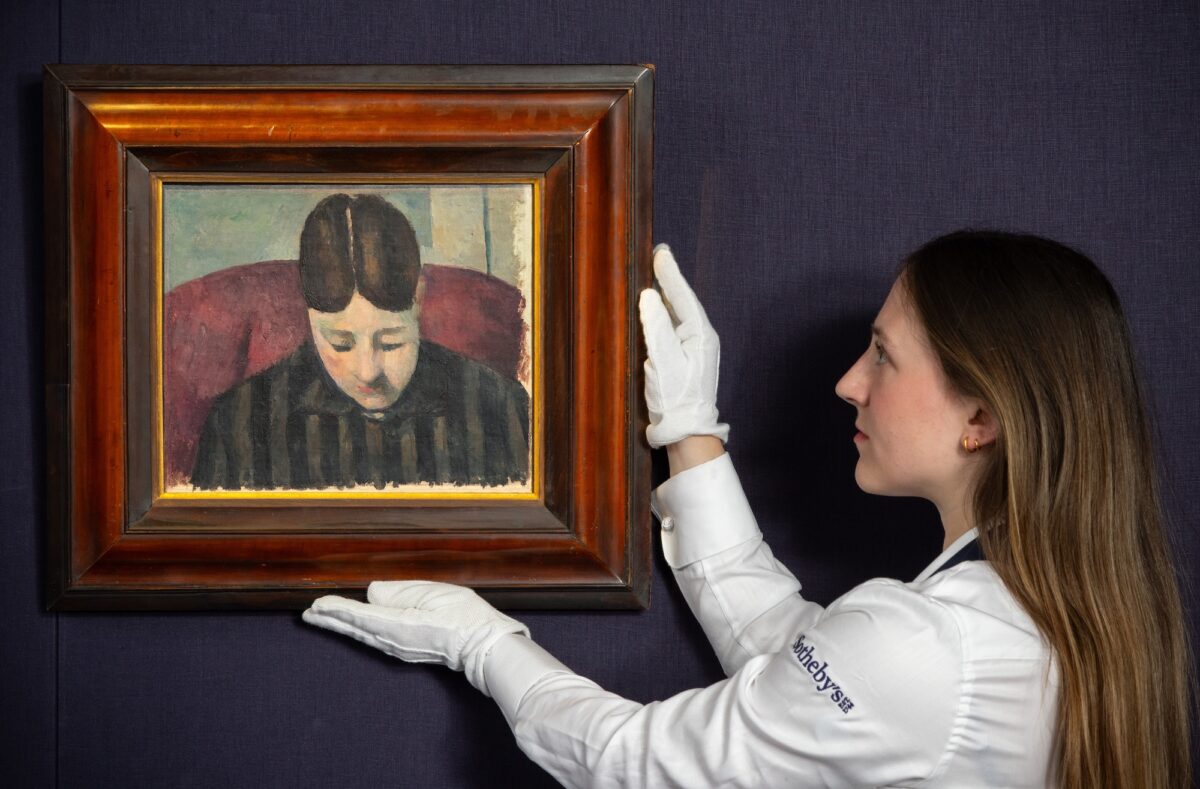
This May, Sotheby’s Modern sales in New York will offer a landmark group of works from the esteemed collection of Rolf and Margit Weinberg. Defined by their distinguished connoisseurship, these visionary collectors assembled one of Europe’s most distinctive private collections over the past 50 years.
Spanning masterpieces of the late 19th century to pioneering examples of early abstraction and Expressionism, Modern Perspectives: The Collection of Rolf & Margit Weinberg includes important paintings by Paul Cézanne, Henri Matisse, Edgar Degas, Wassily Kandinsky, Edvard Munch, László Moholy-Nagy, and Egon Schiele.
Rarely seen in public since the critically acclaimed exhibition, From El Greco to Mondrian toured major European museums between 1996–1997, these works will be exhibited in New York opening 2nd May, before being offered later in the month during Sotheby’s Modern Evening Sale.
Highlights
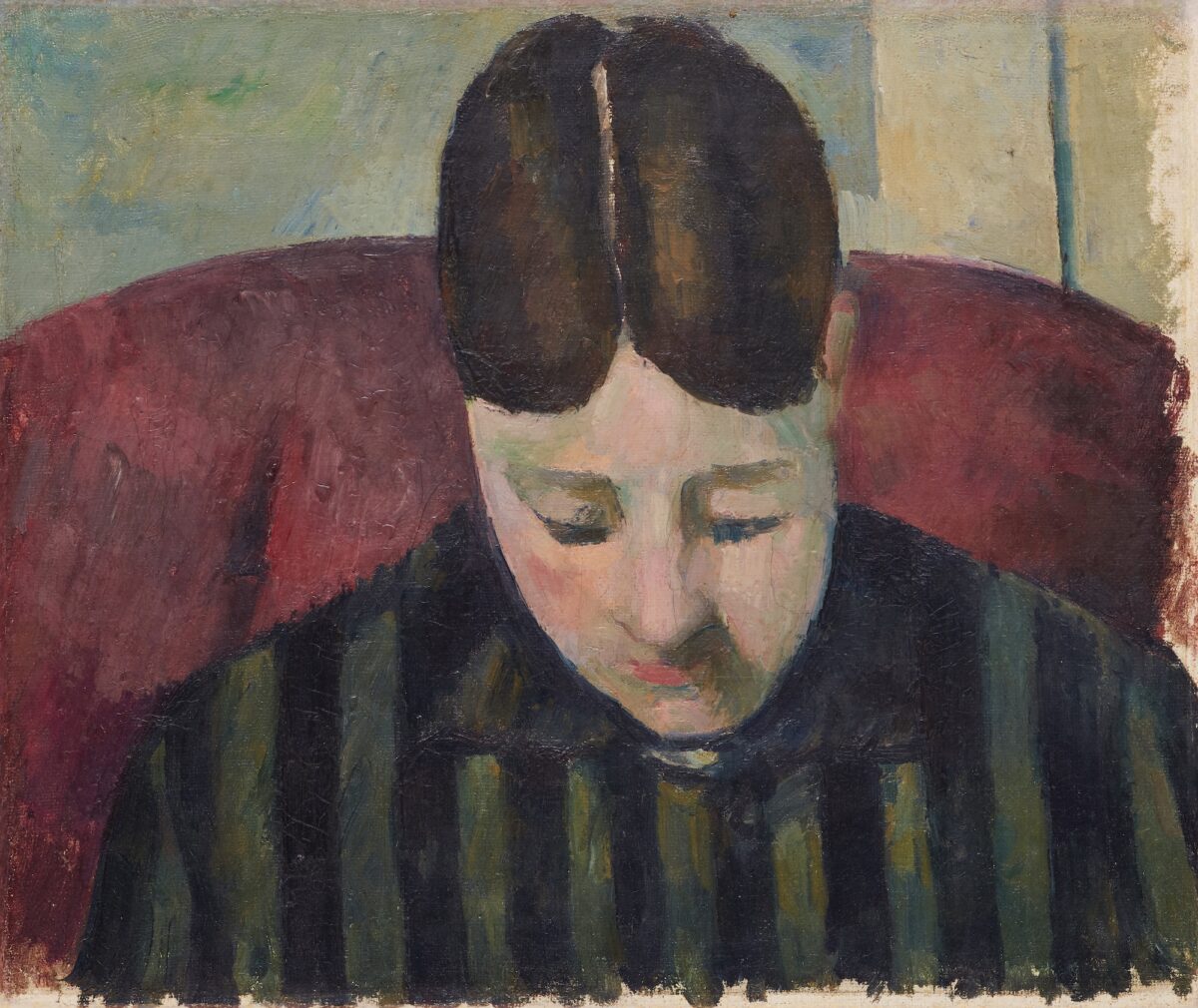
Paul Cézanne, Portrait de Madame Cézanne, circa 1877 Oil on canvas Estimate: $5,000,000–$7,000,000
Portrait de Madame Cézanne is a deeply personal portrayal of Paul Cézanne’s wife, Hortense Fiquet. Painted early in their relationship, this work is one of 29 portraits he executed of Hortense—of which 19 reside in major museums including The Metropolitan Museum of Art, the Barnes Foundation, and the Musée d’Orsay.
Portrait de Madame Cézanne is a deeply personal portrayal of Paul Cézanne’s wife, Hortense Fiquet. Painted early in their relationship, this work is one of 29 portraits he executed of Hortense—of which 19 reside in major museums including The Metropolitan Museum of Art, the Barnes Foundation, and the Musée d’Orsay.
Created over a span of two decades, portraits of Hortense Fiquet chart the radical artistic innovations that mark Cézanne as one of the most important figures of art history. Fiquet served as the most frequent sitter for the artist’s portraits, other than Cézanne himself, and the sustained familiarity between model and artist resulted in a body of work considered among the most celebrated and emotionally charged portraits of the nineteenth century.
Revealing the intimate domain of the Cézanne family—a small fourth-floor apartment at 67 rue de l’Ouest in Montparnasse, Paris—Portrait de Madame Cézanne conveys the tenderness of their relationship during these years. Executed at a watershed moment in Cézanne’s practice, this work reveals a novel interplay of color and volume that not only endows Fiquet with a dignified presence and grandeur, but also ushers in a fully modern mode of portraiture that would influence generations of artists to follow.
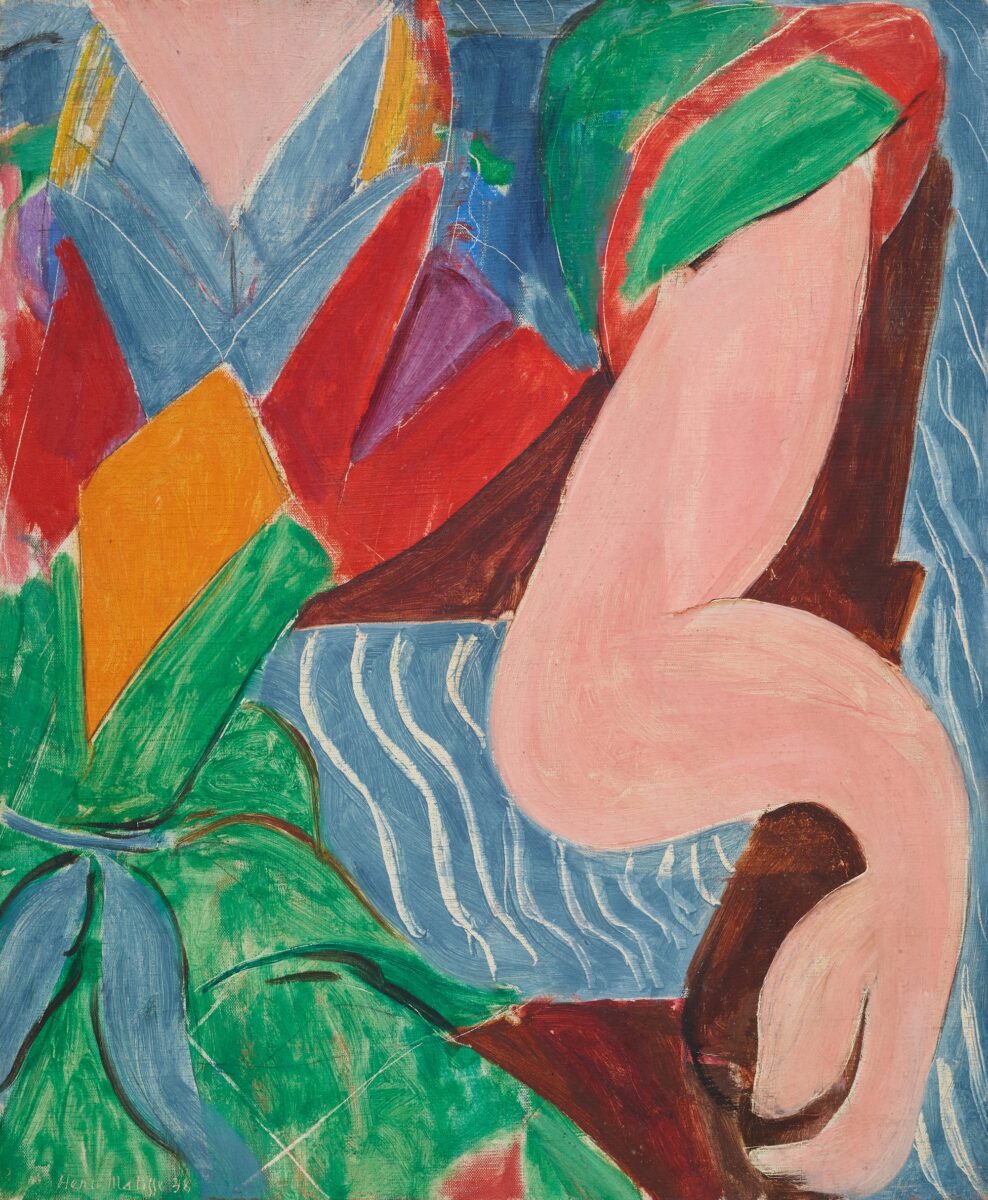
Henri Matisse, Le Bras, 1938 Oil on canvas Estimate: $4,000,000–$6,000,000
Henri Matisse’s Le Bras is a vibrant and spirited vision of the pioneering formal and expressive clarity of the artist’s celebrated mature oeuvre. Executed in 1938, Le Bras reflects the rich color, emboldened lines and rhythmic, liberated approach to the human form achieved in his celebrated mural for the Barnes Foundation, Philadelphia, completed earlier that decade.
Le Bras is an exquisite distillation of the female portraiture, costumes and patterning that defines the output of Matisse’s celebrated Nice Period, while anticipating the expressive flattened space and form of his iconic late-career paper cut-outs. A celebration of the full expressive possibilities of color, the present work affirms the instinctive virtuosity of palette that ranks Matisse among the foremost colorists of modern art. In the past decade, only three other paintings from the 1930s have been offered at auction.
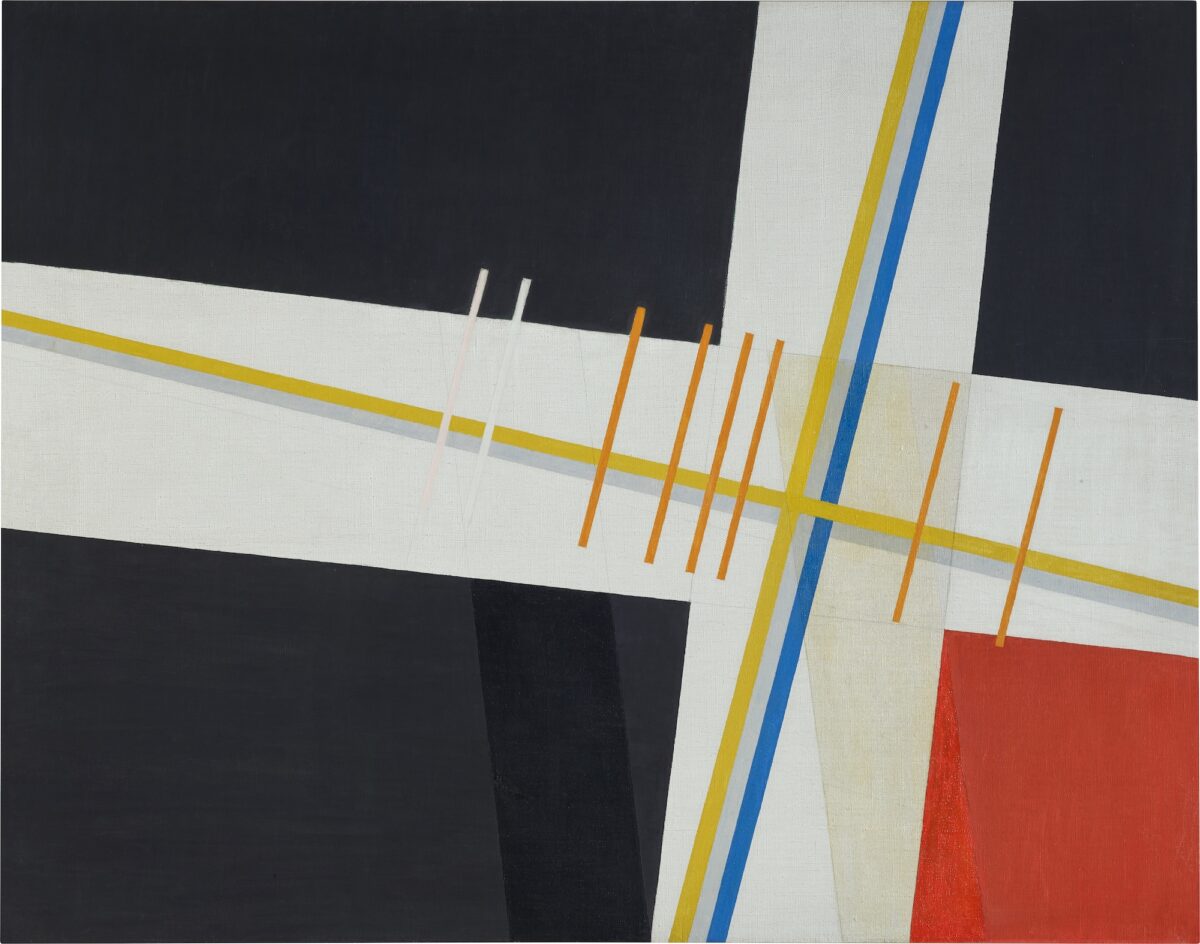
László Moholy-Nagy, Am 3, 1923 Oil on canvas Estimate: $3,000,000–$5,000,000
László Moholy-Nagy’s Am 3 (1923) is a rare masterwork from the artists early Constructivist period. It marks a pivotal moment in his career, as he fully embraced abstraction and refined the visual language that would shape his legacy.
Am 3 reflects the artist’s deep engagement with Berlin’s avant-garde, revealing the influence of both Berlin Dada and Russian Constructivism, as well as the artist’s conception of light as media.The same year, Walter Gropius appointed him to the Bauhaus in Weimar, where, even as the youngest master at the design school, Moholy-Nagy would become one of the most important proponents of its philosophies. Am 3 exemplifies this breakthrough, synthesizing the formal tenets of Berlin’s avant-garde and the Bauhaus’ experimental use of materials to showcase the masterful dynamism of light and space through painting. Works from this crucial period are held in major museum collections including the San Francisco Museum of Modern Art and the Museum of Modern Art, New York.
Works of this caliber from the 1920s are extremely rare on the market, with Sotheby’s holding the top three prices for Moholy-Nagy at auction. Am 3 is the most valuable work by Moholy-Nagy to come to auction.
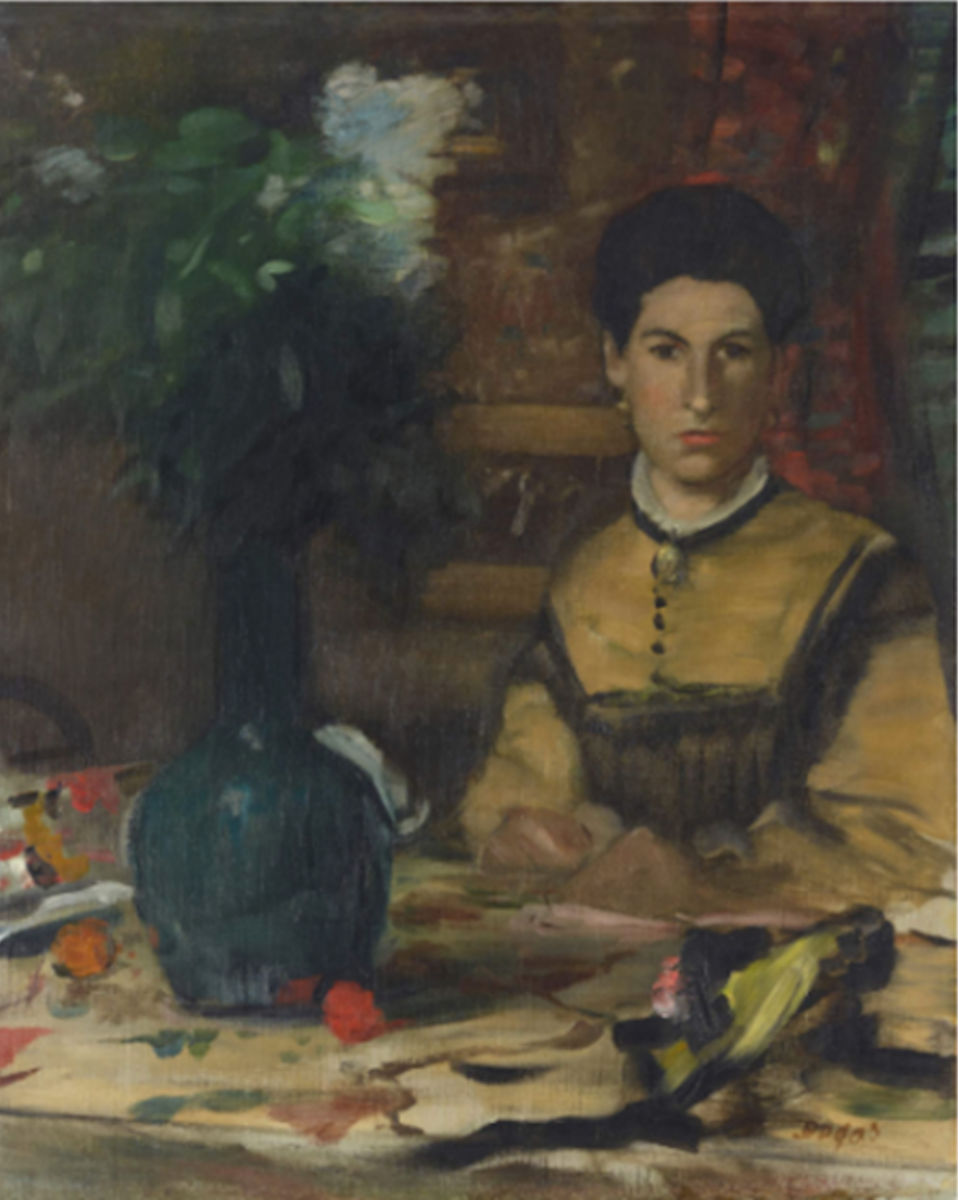
Edgar Degas, Madame de Rutté, circa 1875 Oil on canvas Estimate: $1,500,000–$2,000,000
Executed circa 1875, Edgar Degas’ Madame de Rutté depicts Elisabeth Rutté, sister of artists Jean and Emmanuel Brenner, who were friends of Degas’ from Paris. In contrast to Degas’ depictions of intimate bathing scenes or ballet dancers, his portraits from the 1870s are largely defined by bourgeois Parisian interiors and domestic accoutrements like vases, fans, and books. These works expertly balance a sense of societal propriety with the artist’s Impressionistic brushwork and modern definition of space, creating scenes at once elegant and ambitious.
Exhibition Dates 2nd – 13th May, 2025
Sotheby’s New York
About the Rolf & Margit Weinberg Collection
Rolf Weinberg’s keen eye for aesthetics was mirrored in his distinguished career in the fashion business. He and his family were synonymous with the most elegant stores on Zurich’s exclusive Bahnhofstrasse. For Rolf, building an art collection of institutional quality and running a successful creative business were intertwined, and his creative accomplishments did not stop there: he enjoyed a parallel career as a singer of classical music and was a long-standing board member of the Kunsthaus Zürich and President of its acquisition committee.
In Margit Staber Weinberg, Rolf found a life partner in spirit. Trained as one of the few female art and design critics in Zurich in the 1960s, she became the curator of the Kunstgewerbemuseum Zürich and a founding member and the first curator of Zurich’s Museum Haus Konstruktiv. Her leading expertise on Constructivism and Swiss Concrete Art, as well as her close relationship with artists from these movements, was strongly echoed in the couple’s own collection.
It comes therefore as no surprise that Rolf and Margit Weinberg were generous lenders throughout their collecting journey. The list of museum exhibitions featuring works from their collection is nothing but impressive, including an extensive exhibition of their own collection entitled From El Greco to Mondrian, which toured four major European museums from 1996 to 1997 to critical acclaim.

